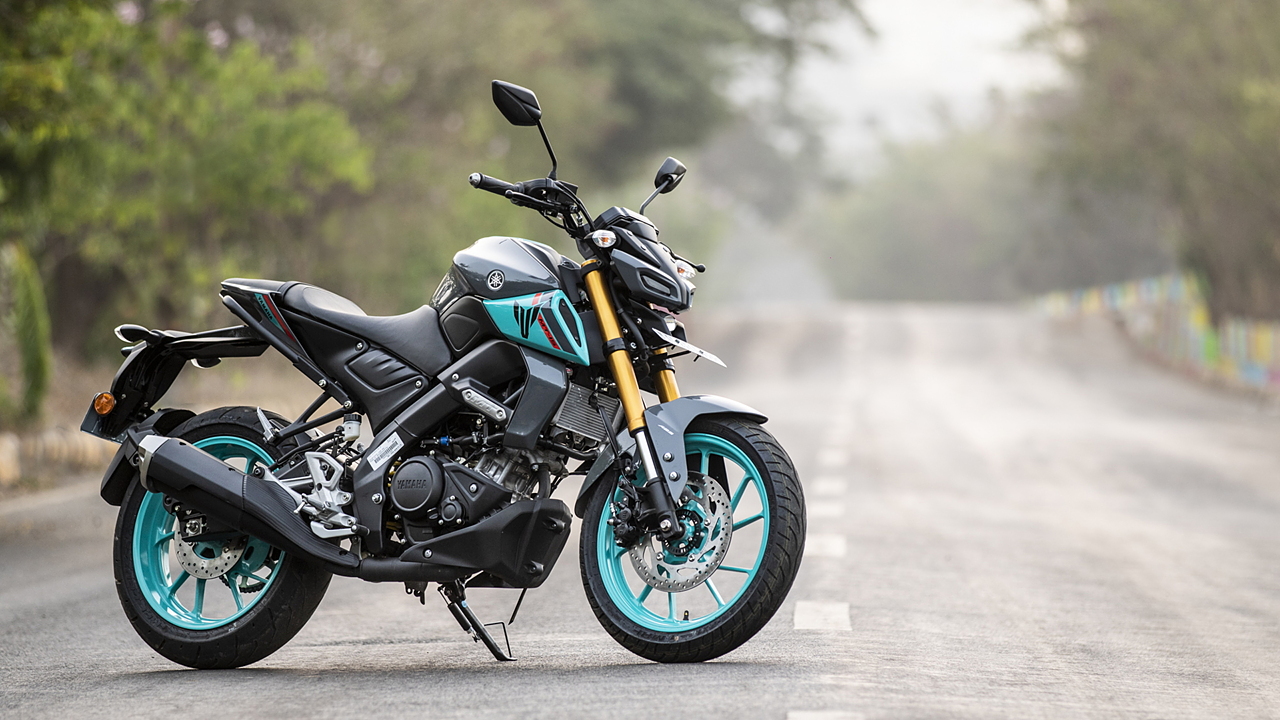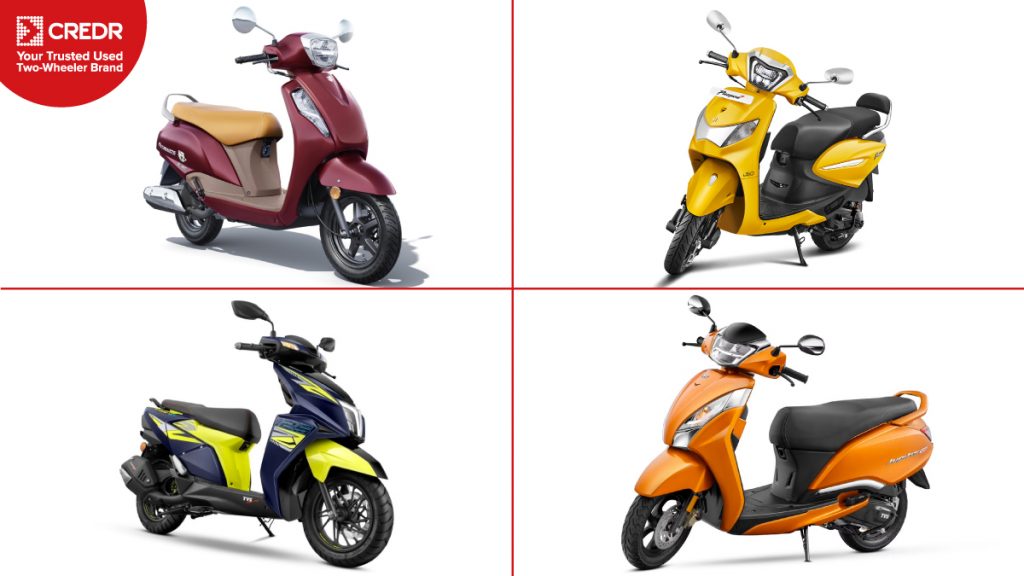Choosing the right used bike can be a challenging task. With so many available options, deciding which bike is right for you can be overwhelming. But fear not! In this blog, we’ll discuss some key factors to consider when choosing the right used bike for your needs.
1: Determine Your Budget
Your budget is the first thing you must consider when choosing a used bike. Determining how much money you would spend on a bike would be best. Once you have a budget, you can look for bikes that fit your budget. Remember that you may also need to allocate some money for repairs and maintenance if you choose an older or cheaper bike.
2: Consider Your Riding Needs
Your riding needs are next to consider when choosing a used bike. Do you plan to use the bike for commuting or recreational purposes? Do you need a bike to handle off-road terrains or just smooth roads? Are you looking for a bike that can accommodate passengers or just for solo riding? These questions can help you narrow your choices and find a bike that suits your needs.
3: Check the Bike’s Condition
Before purchasing a used bike, it is crucial to check its condition thoroughly. Inspect the bike for any visible signs of wear and tear, such as rust, scratches, or dents. Check the brakes, tires, chain, and suspension for any damage or issues. Test the bike’s engine and make sure it starts smoothly and doesn’t produce any unusual sounds. If you’re not knowledgeable about bikes, consider bringing a mechanic or friend who can help you assess the bike’s condition.
4: Look for Reviews and Ratings
Another way to help you choose the right used bike is to look for reviews and ratings online. Search for the make and model of the bike you’re interested in and see what others have to say about it. You can find reviews and ratings on websites like BikeWale, ZigWheels, or MouthShut. Reviewing reviews can give you an idea of the bike’s performance, reliability, and maintenance costs.
5: Research the Bike’s History
Researching the bike’s history is also essential when buying a used bike. You can use websites like Bike Check or Carfax to obtain the bike’s history report. The report will provide information about the bike’s ownership, accident history, and other important details that can affect its
value and safety.
6: Consider the Availability of Spare Parts and Maintenance
Finally, when choosing a used bike, consider spare parts and maintenance availability. Make sure the bike you choose has readily available spare parts and that maintenance and repairs can be done quickly and easily. Check the manufacturer’s service network in your area and ensure you can access maintenance and repair services when needed.
In conclusion, choosing the right used bike requires careful consideration of several factors, including your budget, riding needs, the bike’s condition, reviews and ratings, the bike’s history, and availability of spare parts and maintenance. By following these guidelines, you can find a used bike that suits your needs and provides a reliable and enjoyable riding experience.




